Rainwear. You’d think some bright spark would have had a lightbulb moment about this category of outerwear usually seen as utilitarian and mostly ignored by the fashion world.Two bright Danish sparks, actually. In 2012, Daniel Brix Hesselager and Philip Lotko launched Rains, hoping it would work as a niche label. It sure did. Today, Rains has 3,000 outlets including 25 concept stores – among them, one in Melbourne Central - in 21 countries.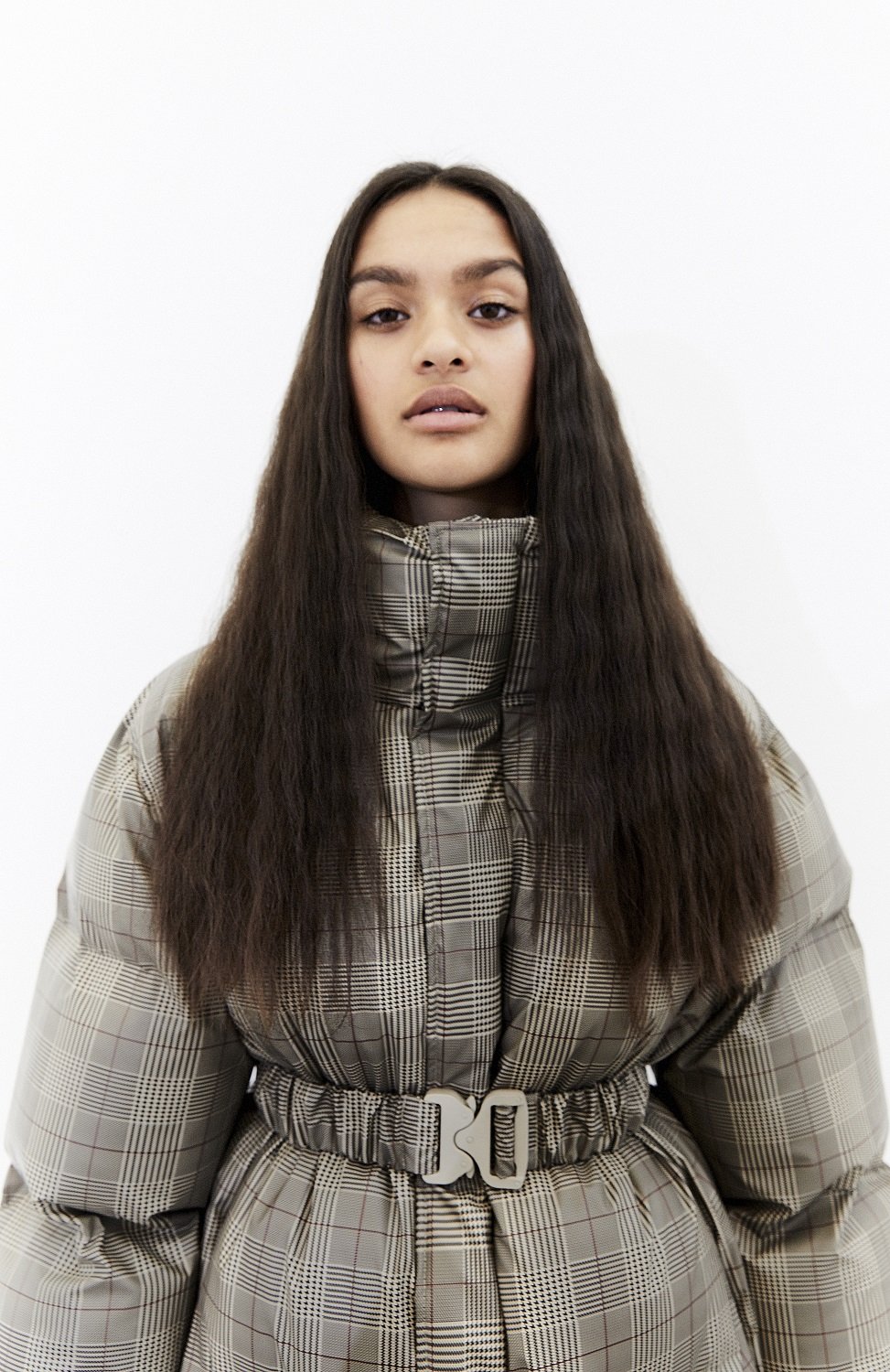 The momentum continues. “Currently, the UK is our biggest market, but we expect it will be overtaken by the US in 2020,” says 33-year-old Daniel at the company’s base in Aarhus, Denmark’s second-largest city.He was majoring in furniture design at renowned Danish design and business college, TEKO, when he and fellow student Philip Lotko – “he majored in PR” – took time out from their studies to design a poncho made from a lightweight polyurethane fabric.Initially, the idea of merging design and style with an outdoor technical product was a fascinating challenge. Then it dawned on them that they had the beginnings of a wet weather lifestyle brand.It now encompasses water-resistant outerwear including parkas, trench coats, puffer jackets and pants, plus loads of bags and accessories from hats and gloves to holders for laptops and glasses, though growing Rains took perseverance.“It took us a few years to generate income and at first, we handled design,” says Danial. “Then Rains took off and we now have a design team for our men’s and women’s ranges.”Forget the relentless frenzy of new season trends. Rains is all about that Scandinavian passion for simplicity, functionality and clean lines – the perfect accompaniments to contemporary casual fashion.The overall effect is super cool and monotones rule. Dark colours dominate, but there are also pieces in beige, olive and light grey, plus brights including yellow, tomato red and ultramarine. What you won’t find are prints.“We don’t do them,” says Daniel. “However, we do play with different matte textures which is technically more complicated, but visually appealing.”Like the clothes, the shops, including flagship stores in New York, Shanghai and most recently, London (“just near Covent Garden; a fantastic location”), have that spare, yet inviting Scandinavian appeal and further bricks and mortar outlets are planned for major cities across the globe.“Ninety per cent of our revenue comes from outside Denmark,” notes Daniel. “We definitely plan to open more stores in Australia and we’ll continue to develop our online platform. Our bags and accessories have proved tremendously popular. They now account for 50 per cent of our products.”
The momentum continues. “Currently, the UK is our biggest market, but we expect it will be overtaken by the US in 2020,” says 33-year-old Daniel at the company’s base in Aarhus, Denmark’s second-largest city.He was majoring in furniture design at renowned Danish design and business college, TEKO, when he and fellow student Philip Lotko – “he majored in PR” – took time out from their studies to design a poncho made from a lightweight polyurethane fabric.Initially, the idea of merging design and style with an outdoor technical product was a fascinating challenge. Then it dawned on them that they had the beginnings of a wet weather lifestyle brand.It now encompasses water-resistant outerwear including parkas, trench coats, puffer jackets and pants, plus loads of bags and accessories from hats and gloves to holders for laptops and glasses, though growing Rains took perseverance.“It took us a few years to generate income and at first, we handled design,” says Danial. “Then Rains took off and we now have a design team for our men’s and women’s ranges.”Forget the relentless frenzy of new season trends. Rains is all about that Scandinavian passion for simplicity, functionality and clean lines – the perfect accompaniments to contemporary casual fashion.The overall effect is super cool and monotones rule. Dark colours dominate, but there are also pieces in beige, olive and light grey, plus brights including yellow, tomato red and ultramarine. What you won’t find are prints.“We don’t do them,” says Daniel. “However, we do play with different matte textures which is technically more complicated, but visually appealing.”Like the clothes, the shops, including flagship stores in New York, Shanghai and most recently, London (“just near Covent Garden; a fantastic location”), have that spare, yet inviting Scandinavian appeal and further bricks and mortar outlets are planned for major cities across the globe.“Ninety per cent of our revenue comes from outside Denmark,” notes Daniel. “We definitely plan to open more stores in Australia and we’ll continue to develop our online platform. Our bags and accessories have proved tremendously popular. They now account for 50 per cent of our products.”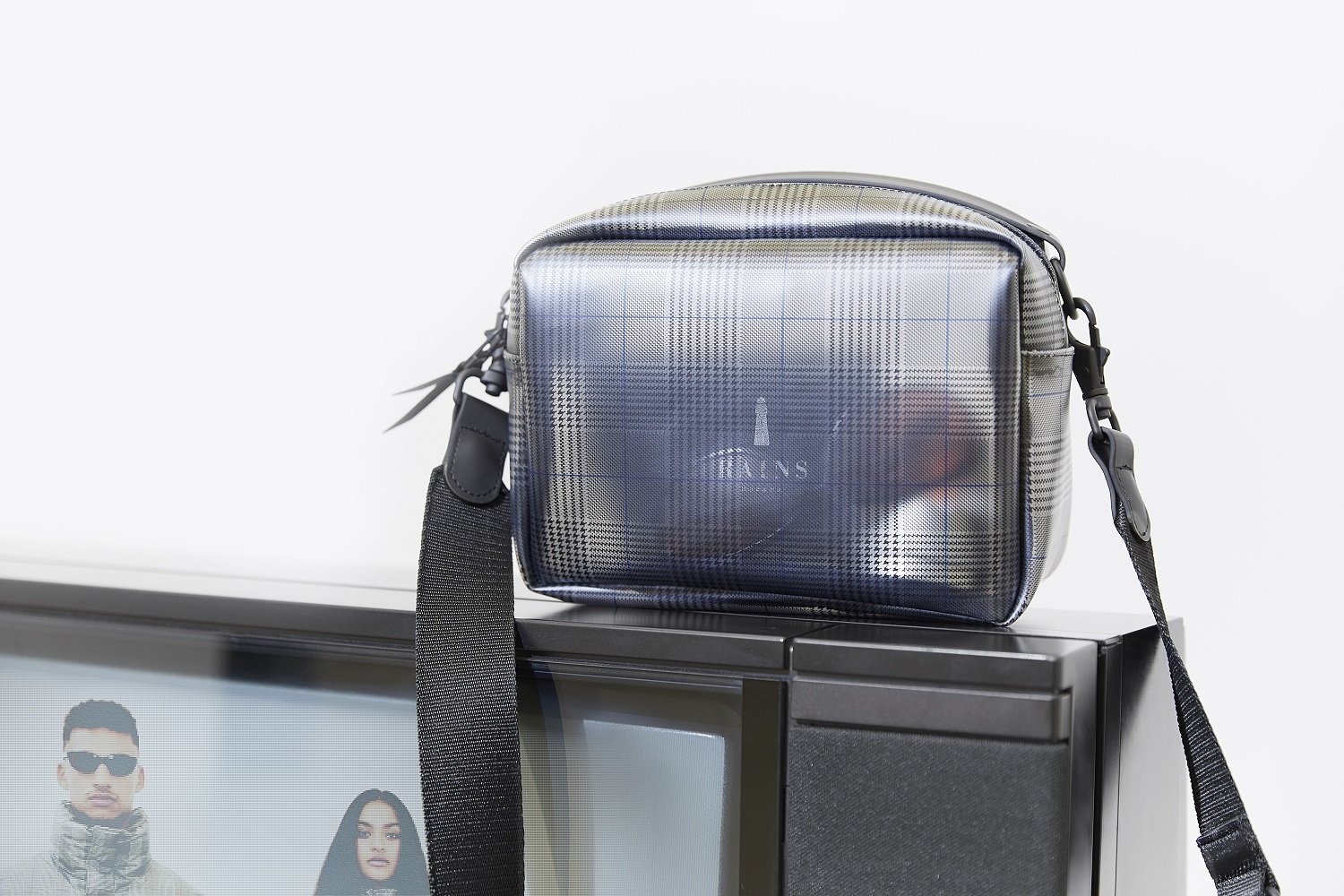 The poncho that spawned Rains wasn’t the only source of inspiration for what has grown into a formidable lifestyle brand – or even the main one, many Danes would say. The skies open regularly in Denmark, especially in Copenhagen which has an annual average of 170 rainy days.Story by Zelda Cawthorne
The poncho that spawned Rains wasn’t the only source of inspiration for what has grown into a formidable lifestyle brand – or even the main one, many Danes would say. The skies open regularly in Denmark, especially in Copenhagen which has an annual average of 170 rainy days.Story by Zelda Cawthorne
Fashion Exposed Now
Discover the Rains AW19 Check Capsule and AW19 Essentials and Accessories collections on display at Fashion Exposed, Australia’s only dedicated womenswear buying event. Registration is free and includes access local and international labels, seminars and round table sessions to help build your business. Sunday 2 – Monday 3 February 2020Royal Exhibition Building, Melbourne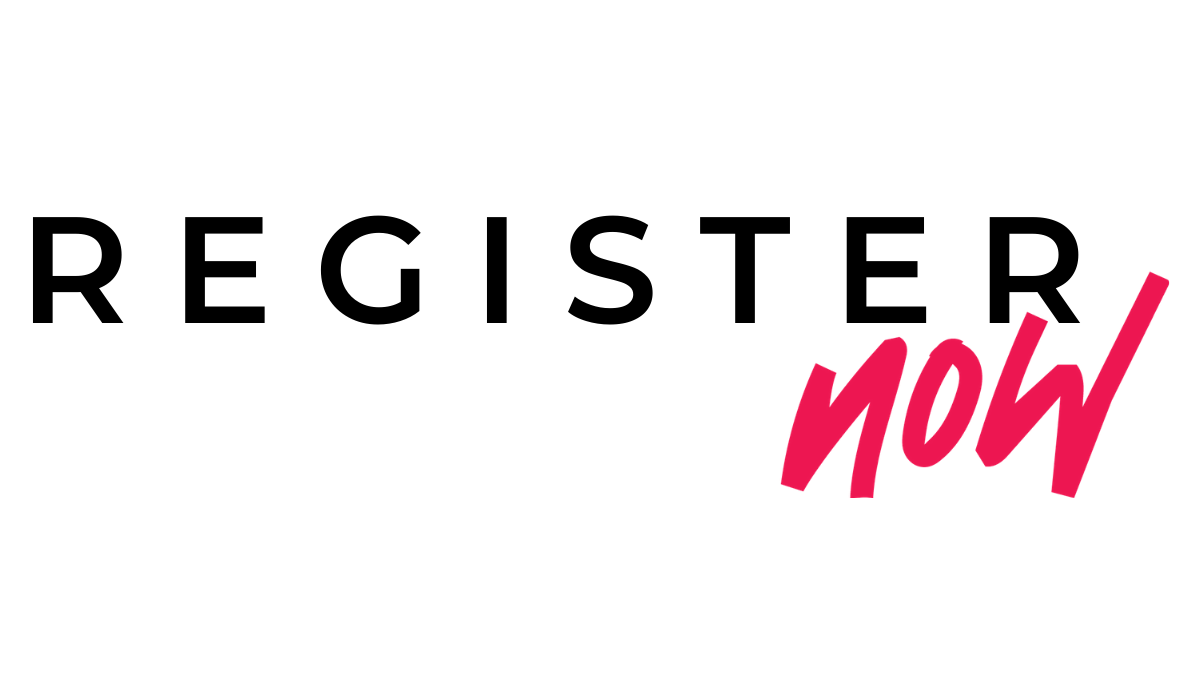



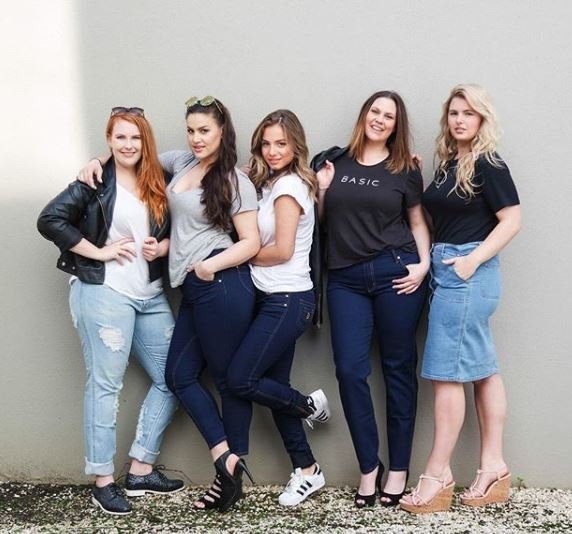 Australia’s most famous plus-size model was mortified. Men’s jeans, because nothing in her size was available? It wasn’t the only wardrobe insult meted out in that world of rail-thin bodies.“Most of the clothes chosen for my shoots were too small, so I had to wear them pinned or unzipped,” says Natalie Wakeling, recalling the early years of her modeling career.
Australia’s most famous plus-size model was mortified. Men’s jeans, because nothing in her size was available? It wasn’t the only wardrobe insult meted out in that world of rail-thin bodies.“Most of the clothes chosen for my shoots were too small, so I had to wear them pinned or unzipped,” says Natalie Wakeling, recalling the early years of her modeling career.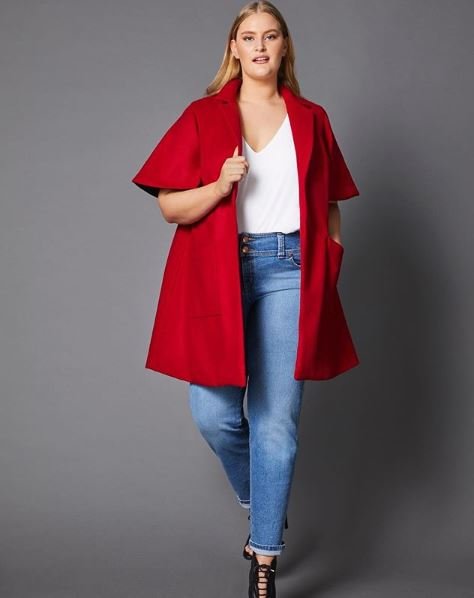 Two decades on, she is equally well-known as the founder and designer of Embody Women, the online plus-size label launched in 2006, starting with denims and now offering a comprehensive fashion range.Manufactured in Sydney and Melbourne – “not just to ensure quality control, but sustainability and fair work conditions” – Embody Women comes in sizes 8-22 and allows customers to send in their measurements so suitable styles can be recommended.Prominently featured on the label’s website are Nat’s Top Five wardrobe essentials, comprising a chic tailored skirt and linen shirt, a full-length jumpsuit and two pairs of jeans – one classic, the other sharply trendy.They underscore the Wakeling mantra: “Your size should not define your style”. Also the enigma that characterizes much of Australian designer women’s fashion.Namely, why is sizing so skewed towards thin bodies in a country where the average size is 14-16 and numerous women – including the young and trends-conscious - are more amply endowed?“It’s crazy to ignore a huge proportion of market share,” says Natalie. “If I were a venture capitalist, I’d be investing in plus-size brands.”Even crazier is the notion that a size 14-16 body is plus-size – except, of course, in the modeling industry and fashion glossies.It took two young trailblazers to break down that barrier: Natalie Wakeling, the curvaceous blonde beauty from Mudgee, NSW, who had moved to Sydney at 17 to study photography, and Mia Freedman, who was 24 when, in 1996, she became the youngest editor of Australian Cosmopolitan.
Two decades on, she is equally well-known as the founder and designer of Embody Women, the online plus-size label launched in 2006, starting with denims and now offering a comprehensive fashion range.Manufactured in Sydney and Melbourne – “not just to ensure quality control, but sustainability and fair work conditions” – Embody Women comes in sizes 8-22 and allows customers to send in their measurements so suitable styles can be recommended.Prominently featured on the label’s website are Nat’s Top Five wardrobe essentials, comprising a chic tailored skirt and linen shirt, a full-length jumpsuit and two pairs of jeans – one classic, the other sharply trendy.They underscore the Wakeling mantra: “Your size should not define your style”. Also the enigma that characterizes much of Australian designer women’s fashion.Namely, why is sizing so skewed towards thin bodies in a country where the average size is 14-16 and numerous women – including the young and trends-conscious - are more amply endowed?“It’s crazy to ignore a huge proportion of market share,” says Natalie. “If I were a venture capitalist, I’d be investing in plus-size brands.”Even crazier is the notion that a size 14-16 body is plus-size – except, of course, in the modeling industry and fashion glossies.It took two young trailblazers to break down that barrier: Natalie Wakeling, the curvaceous blonde beauty from Mudgee, NSW, who had moved to Sydney at 17 to study photography, and Mia Freedman, who was 24 when, in 1996, she became the youngest editor of Australian Cosmopolitan. In 2000, the pair created a publishing sensation. “I was 19 when Mia featured me in an eight-page fashion spread with no mention of the term ‘plus size’. This was followed up with a cover for Cosmo in 2005,” says Natalie.Buoyed by her success, Natalie flew to New York and was promptly booked by leading modeling agencies including Ford. The Americans may have loved her, but she had a husband and baby – first of her three sons – at home, so the adventure was short-lived.Still, the vibrant US plus-size market planted the seeds for Embody Women. “I did some business courses and used a government grant, to start my company,” says Natalie.She also had years of first-hand ragtrade experience. “I grew up in the back of my mother’s boutique in Mudgee – one of two boutiques she had in rural NSW – so I was immersed in fashion.”With its emphasis on flattering, classic shapes, quality fabrics and ethical manufacturing practices, Embody Women has won a strong following nationwide.Its founder has also continued modeling – “I’m now with Silver Fox Management for over-35s” – and may soon realize her dream to sell Embody Women in the world’s premier plus-size market.She is currently in negotiation with a major American department store, reveals Natalie Wakeling.- Zelda CawthorneWebsite:
In 2000, the pair created a publishing sensation. “I was 19 when Mia featured me in an eight-page fashion spread with no mention of the term ‘plus size’. This was followed up with a cover for Cosmo in 2005,” says Natalie.Buoyed by her success, Natalie flew to New York and was promptly booked by leading modeling agencies including Ford. The Americans may have loved her, but she had a husband and baby – first of her three sons – at home, so the adventure was short-lived.Still, the vibrant US plus-size market planted the seeds for Embody Women. “I did some business courses and used a government grant, to start my company,” says Natalie.She also had years of first-hand ragtrade experience. “I grew up in the back of my mother’s boutique in Mudgee – one of two boutiques she had in rural NSW – so I was immersed in fashion.”With its emphasis on flattering, classic shapes, quality fabrics and ethical manufacturing practices, Embody Women has won a strong following nationwide.Its founder has also continued modeling – “I’m now with Silver Fox Management for over-35s” – and may soon realize her dream to sell Embody Women in the world’s premier plus-size market.She is currently in negotiation with a major American department store, reveals Natalie Wakeling.- Zelda CawthorneWebsite: 
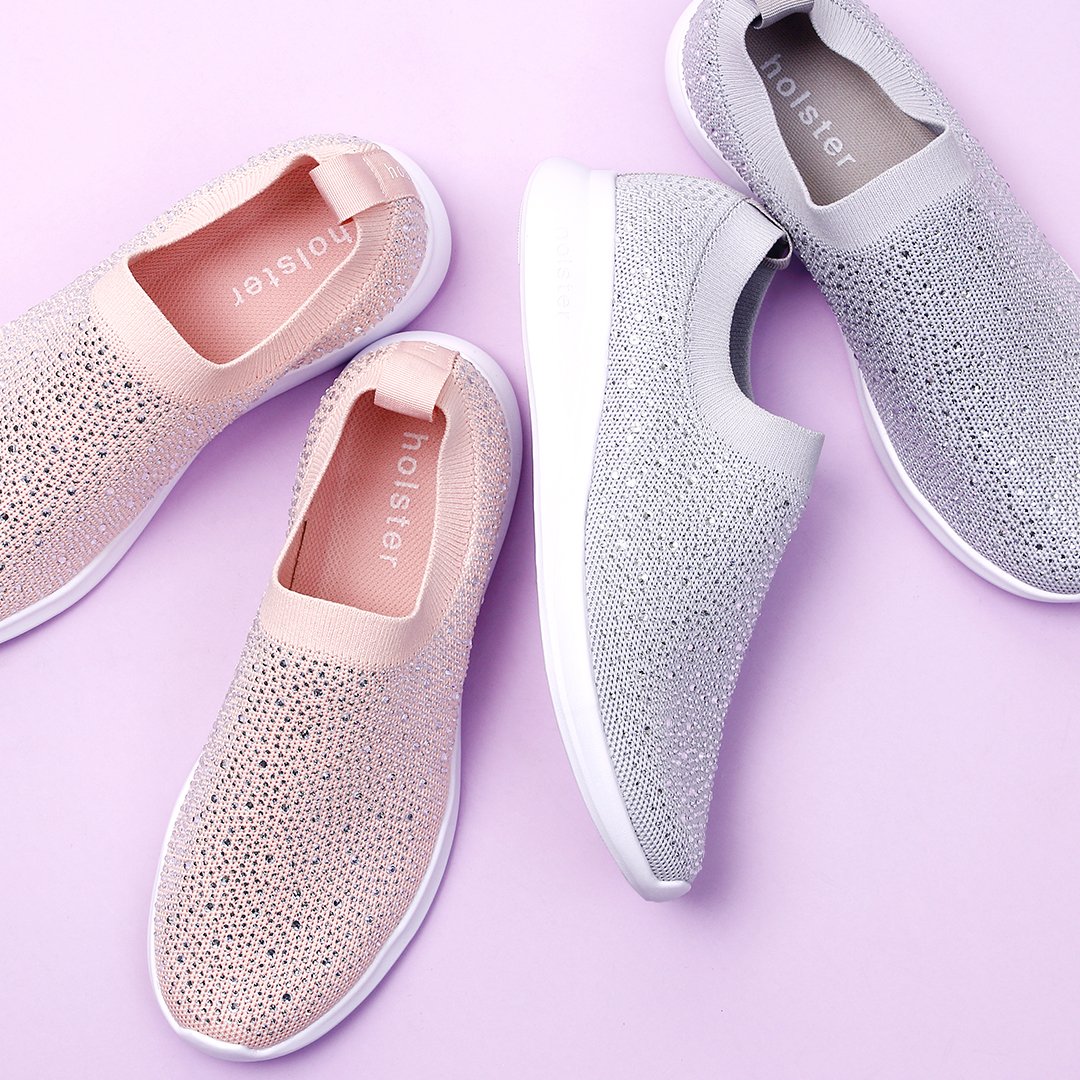 The Firefly sneaker, encrusted with 3,100 jewel studs, also has hidden treasures. Namely, the millions of tiny air bubbles injected into its outer sole which along with other podiatry features, provide whole-foot support, cushioning and superior spring - in short, perfect for fitness plus glamour.The just-released Firefly joins three other lightweight metallic knit sneaker styles created by Australian footwear favourite, holster.There will be plenty more to tempt at Fashion Exposed Now, assures Ben Nothling who with designer wife, Natalie Miller, launched the Noosa-based company in 2001 with a range of jelly sandals and espadrilles.Eighteen years on, holster is internationally renowned for its stylish, innovative collections for women and children. And, vital in this endangered age, its solid credentials for sustainability and ethical production.
The Firefly sneaker, encrusted with 3,100 jewel studs, also has hidden treasures. Namely, the millions of tiny air bubbles injected into its outer sole which along with other podiatry features, provide whole-foot support, cushioning and superior spring - in short, perfect for fitness plus glamour.The just-released Firefly joins three other lightweight metallic knit sneaker styles created by Australian footwear favourite, holster.There will be plenty more to tempt at Fashion Exposed Now, assures Ben Nothling who with designer wife, Natalie Miller, launched the Noosa-based company in 2001 with a range of jelly sandals and espadrilles.Eighteen years on, holster is internationally renowned for its stylish, innovative collections for women and children. And, vital in this endangered age, its solid credentials for sustainability and ethical production.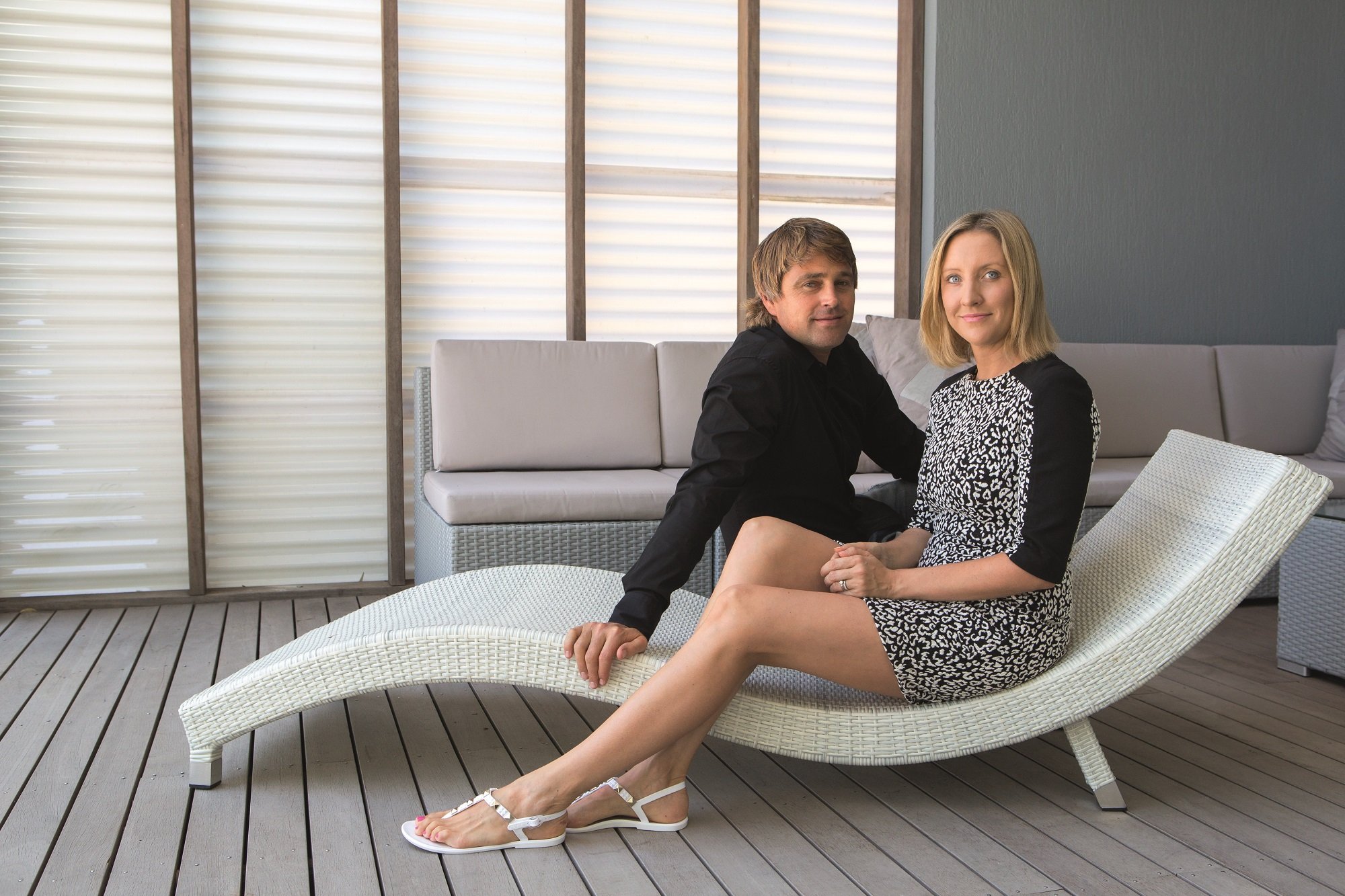
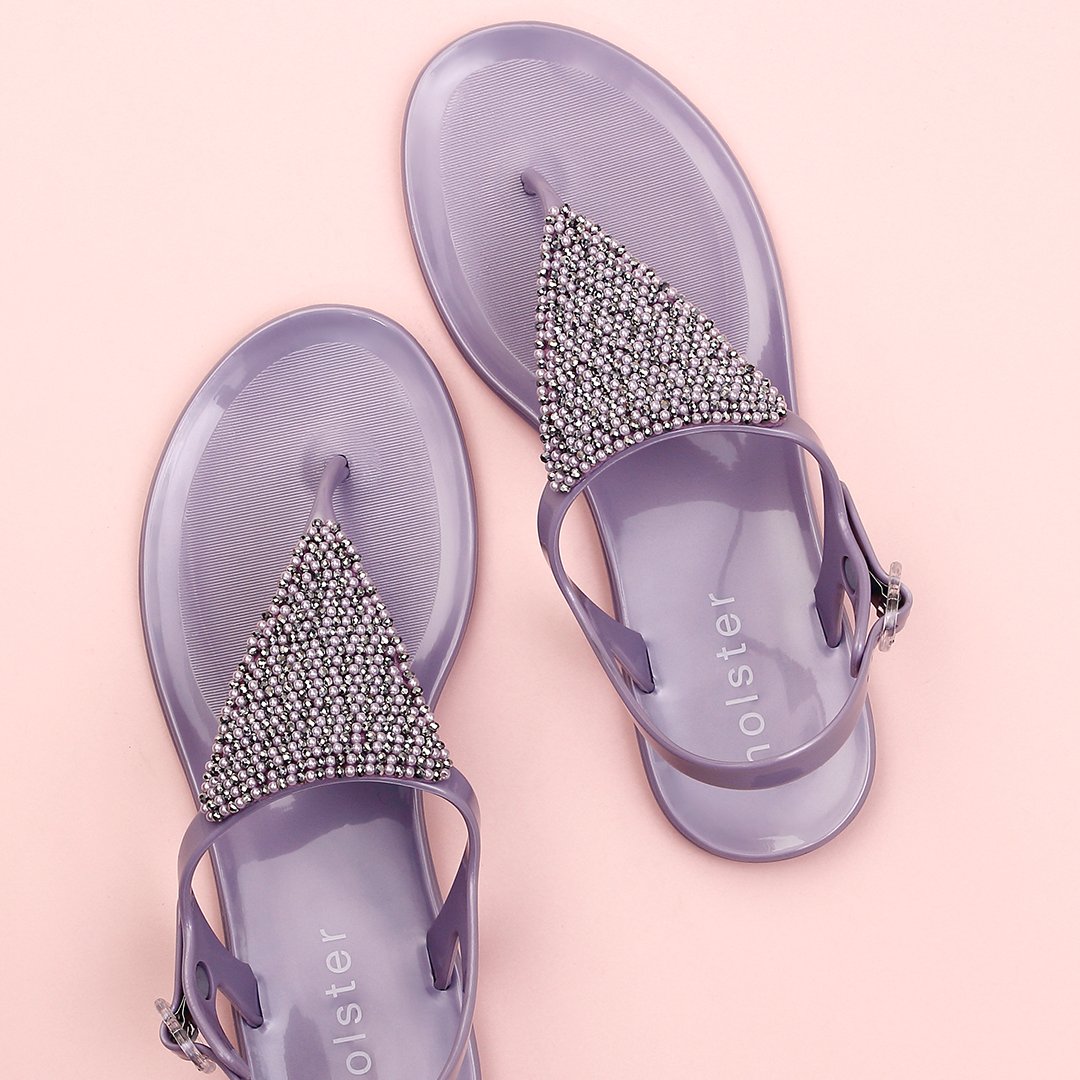 “Our footwear is 100 per cent vegan and certified by the Vegan Society in the UK,” says Ben. “No harmful chemicals go into its production and we don’t use animal products for materials such as glues.“It’s not just about ethics. The widespread use of toxic chemicals for cheap footwear is tremendously worrying, especially when it comes to children’s footwear, such as jelly shoes. Ours are not only safe, but fully recyclable.”A direct descendant of department store founder David Jones, Ben Nothling has clearly inherited entrepreneurial savvy. At 43, he runs a company that can boast more than 2,000 stockists across the globe and 2019 is shaping up as a bumper year.“Asia is our biggest market,” notes Ben. “We’re especially strong in Thailand - we recently opened our 25th boutique in Bangkok – and we’re stocked by key department stores in the region including Takashimaya, Central, Tangs, Sogo and Isetan.”A recent partnership with Indonesia’s leading retailer, MAP, which has some 2,200 stores, will substantially boost the holster brand in Australia’s closest Asian neighbour, and a major coup is about to take effect.“From March 20, holster will be available at Jewel, a fabulous new shopping hub inside the international terminals at Singapore’s Changi Airport,” reveals Ben. “It will give us exposure to millions of transiting travellers each year.”Central to holster’s success has been Natalie Miller, born and bred in Noosa. Now in her mid-30s and mother of the couple’s two young children, she is holster’s head designer – a formidable
“Our footwear is 100 per cent vegan and certified by the Vegan Society in the UK,” says Ben. “No harmful chemicals go into its production and we don’t use animal products for materials such as glues.“It’s not just about ethics. The widespread use of toxic chemicals for cheap footwear is tremendously worrying, especially when it comes to children’s footwear, such as jelly shoes. Ours are not only safe, but fully recyclable.”A direct descendant of department store founder David Jones, Ben Nothling has clearly inherited entrepreneurial savvy. At 43, he runs a company that can boast more than 2,000 stockists across the globe and 2019 is shaping up as a bumper year.“Asia is our biggest market,” notes Ben. “We’re especially strong in Thailand - we recently opened our 25th boutique in Bangkok – and we’re stocked by key department stores in the region including Takashimaya, Central, Tangs, Sogo and Isetan.”A recent partnership with Indonesia’s leading retailer, MAP, which has some 2,200 stores, will substantially boost the holster brand in Australia’s closest Asian neighbour, and a major coup is about to take effect.“From March 20, holster will be available at Jewel, a fabulous new shopping hub inside the international terminals at Singapore’s Changi Airport,” reveals Ben. “It will give us exposure to millions of transiting travellers each year.”Central to holster’s success has been Natalie Miller, born and bred in Noosa. Now in her mid-30s and mother of the couple’s two young children, she is holster’s head designer – a formidable 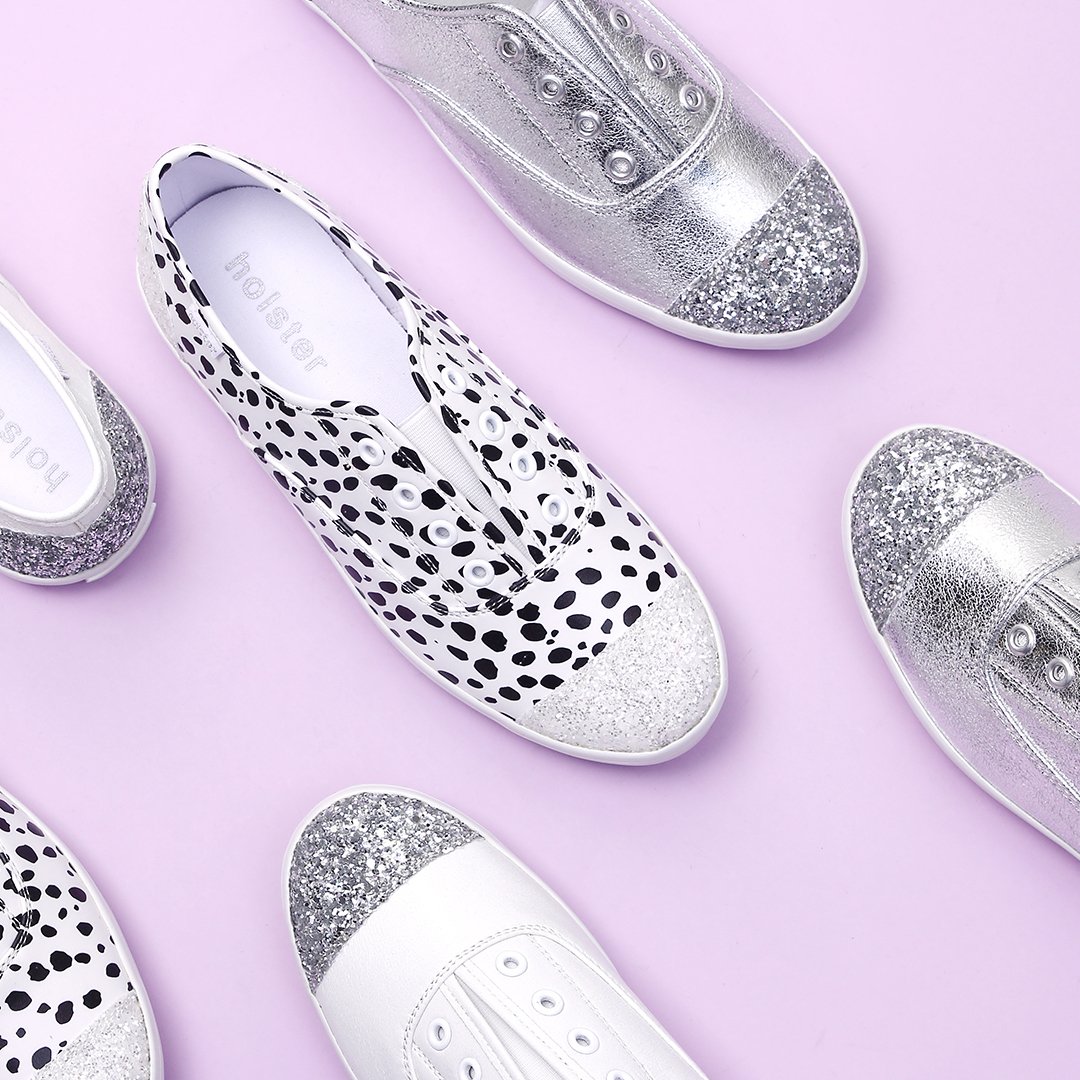 talent whose collections simultaneously evoke Australia’s iconic beach culture and a classiness that has universal appeal.Internationally recognised as a premium, yet affordable brand, holster has maintained its edge through state of the art technology, as well as its appeal to the fashion-conscious.Its new season bejeweled sandals, slides and flip-flops with their shock absorbent air-foam footbeds – “comparable to gently sinking into soft beach sand, easing pressure from the back and feet” – typify holster’s approach. So does Natalie’s distaste for fussiness and bling.Sandals, slides, thongs, wedges and espadrilles – like the sneakers, all are coolly elegant and for Spring-Summer 2019 feature a refined palette including rose gold, silver, pewter and nickel. They are also a podiatrist’s dream.“Along with our core principles of being sustainable, vegan-friendly and cruelty-free, we put a massive emphasis on health and comfort,” says Ben Nothling.- Zelda Cawthorne
talent whose collections simultaneously evoke Australia’s iconic beach culture and a classiness that has universal appeal.Internationally recognised as a premium, yet affordable brand, holster has maintained its edge through state of the art technology, as well as its appeal to the fashion-conscious.Its new season bejeweled sandals, slides and flip-flops with their shock absorbent air-foam footbeds – “comparable to gently sinking into soft beach sand, easing pressure from the back and feet” – typify holster’s approach. So does Natalie’s distaste for fussiness and bling.Sandals, slides, thongs, wedges and espadrilles – like the sneakers, all are coolly elegant and for Spring-Summer 2019 feature a refined palette including rose gold, silver, pewter and nickel. They are also a podiatrist’s dream.“Along with our core principles of being sustainable, vegan-friendly and cruelty-free, we put a massive emphasis on health and comfort,” says Ben Nothling.- Zelda Cawthorne 
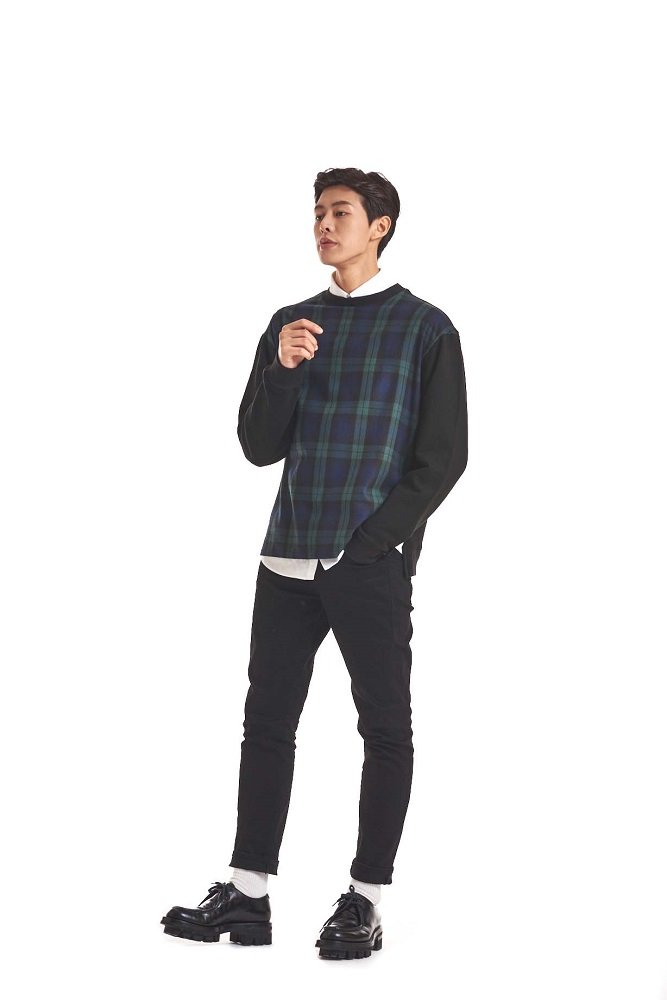 gimmicks. His unisex label invis-Able implies both mystery and practicality, and his new season collection, to be presented at Fashion Exposed Now, certainly delivers – versatile, inventive clothes full of surprises.Hidden pockets and zips, detachable sleeves, sweaters disguised as jackets – rarely has fashion been so much fun. It comes with a deeply-felt personal philosophy.“I asked myself: What makes me happy?” says Marc. “I’ve found that many material things and relationships may be satisfying at first, but quickly wear away. Instant gratification as a recipe for happiness is fake and unrealistic.“My work is inspired by the invisible things in life such as one’s thoughts, feelings and experiences – the things that define who we are. I express this through the unexpected features and hidden details in my garments. It’s like a playful game of hide and seek. Invis-Able makes you happy!”Born and raised in Seoul, Marc Wonseok Jun was 17 when he moved to New Zealand for tertiary studies that began with a diploma in business studies and became properly focused when he did a BA in fashion design at Otago Polytechnic.
gimmicks. His unisex label invis-Able implies both mystery and practicality, and his new season collection, to be presented at Fashion Exposed Now, certainly delivers – versatile, inventive clothes full of surprises.Hidden pockets and zips, detachable sleeves, sweaters disguised as jackets – rarely has fashion been so much fun. It comes with a deeply-felt personal philosophy.“I asked myself: What makes me happy?” says Marc. “I’ve found that many material things and relationships may be satisfying at first, but quickly wear away. Instant gratification as a recipe for happiness is fake and unrealistic.“My work is inspired by the invisible things in life such as one’s thoughts, feelings and experiences – the things that define who we are. I express this through the unexpected features and hidden details in my garments. It’s like a playful game of hide and seek. Invis-Able makes you happy!”Born and raised in Seoul, Marc Wonseok Jun was 17 when he moved to New Zealand for tertiary studies that began with a diploma in business studies and became properly focused when he did a BA in fashion design at Otago Polytechnic.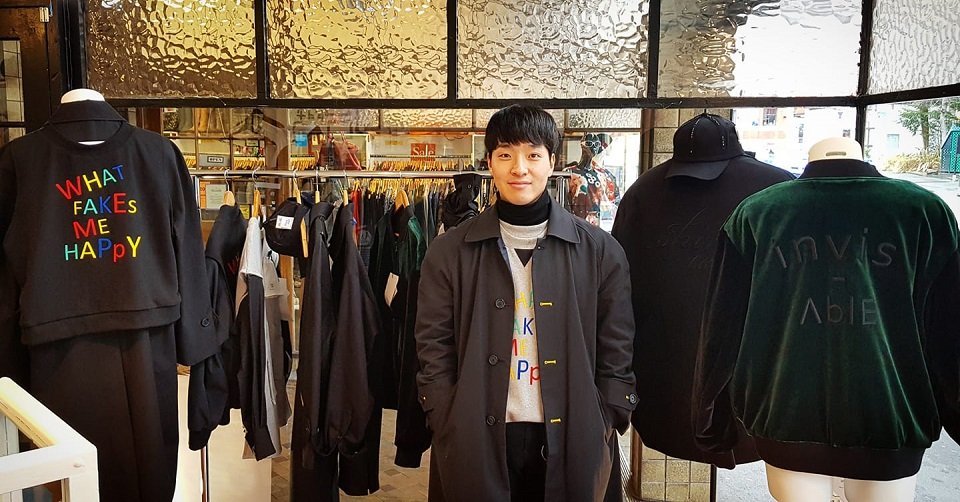 “I started looking for work as soon as I graduated, but was still searching after three months, so I joined a digital print studio. I worked there for two years and then launched my label.”An unexpected meeting at the 2011 iD Dunedin Fashion Week brought big dividends. Among the hot young international designers featured on the runway was London-based fellow South Korean Byungmun Seo and two hit it off.“Byungmun invited me to assist him at fashion trade shows in Paris and Milan during the summer of 2012 and it was a really important experience,” says Marc. “He’s become a big name since then.”
“I started looking for work as soon as I graduated, but was still searching after three months, so I joined a digital print studio. I worked there for two years and then launched my label.”An unexpected meeting at the 2011 iD Dunedin Fashion Week brought big dividends. Among the hot young international designers featured on the runway was London-based fellow South Korean Byungmun Seo and two hit it off.“Byungmun invited me to assist him at fashion trade shows in Paris and Milan during the summer of 2012 and it was a really important experience,” says Marc. “He’s become a big name since then.”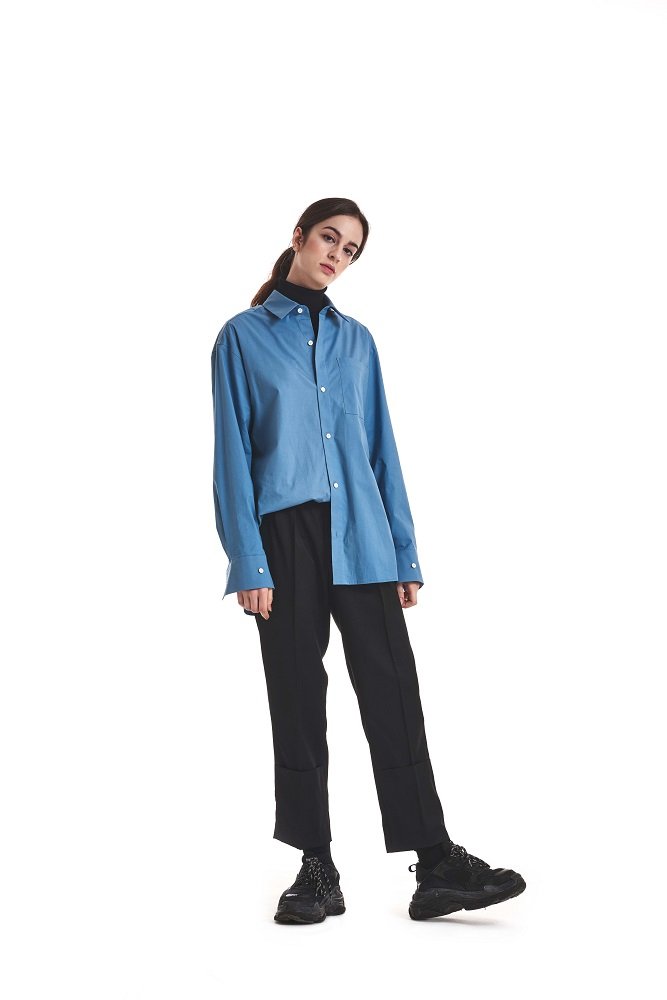 The boyish-looking charmer behind invis-Able is showing every sign of following suit. His clothes have won a strong following among the young and surprisingly, not-so-young – “it amazes me how many women in their 40s and 50s buy them” – and their reputation for superior fabrics and craftsmanship is well deserved.“I oversee production of my ranges in Seoul to ensure quality,” says Marc. “I’d love to have them manufactured in New Zealand, but because of all the detailing, it would be prohibitively expensive.”Top attractions in the designer’s latest collection which he’ll also be showing at a major Shanghai fair in March, include his super cool bomber jackets – a sensuous version is in velvet - and reversible trenchcoats. Apart from a plaid used for pants, tops and coats, it’s all solids in a mostly dark palette, though pale grey and tan are also used, and shirts in white or blue provide fresh, crisp contrast.“Growing up in Seoul influenced my use of colours - I tend to wear them in a safe way – so I usually limit my use of brights to fine details,” says Marc Jun.“There are exceptions, like one of my black trenchcoats which has a yellow contrast. That’s bold for me.”- Zelda Cawthorne
The boyish-looking charmer behind invis-Able is showing every sign of following suit. His clothes have won a strong following among the young and surprisingly, not-so-young – “it amazes me how many women in their 40s and 50s buy them” – and their reputation for superior fabrics and craftsmanship is well deserved.“I oversee production of my ranges in Seoul to ensure quality,” says Marc. “I’d love to have them manufactured in New Zealand, but because of all the detailing, it would be prohibitively expensive.”Top attractions in the designer’s latest collection which he’ll also be showing at a major Shanghai fair in March, include his super cool bomber jackets – a sensuous version is in velvet - and reversible trenchcoats. Apart from a plaid used for pants, tops and coats, it’s all solids in a mostly dark palette, though pale grey and tan are also used, and shirts in white or blue provide fresh, crisp contrast.“Growing up in Seoul influenced my use of colours - I tend to wear them in a safe way – so I usually limit my use of brights to fine details,” says Marc Jun.“There are exceptions, like one of my black trenchcoats which has a yellow contrast. That’s bold for me.”- Zelda Cawthorne